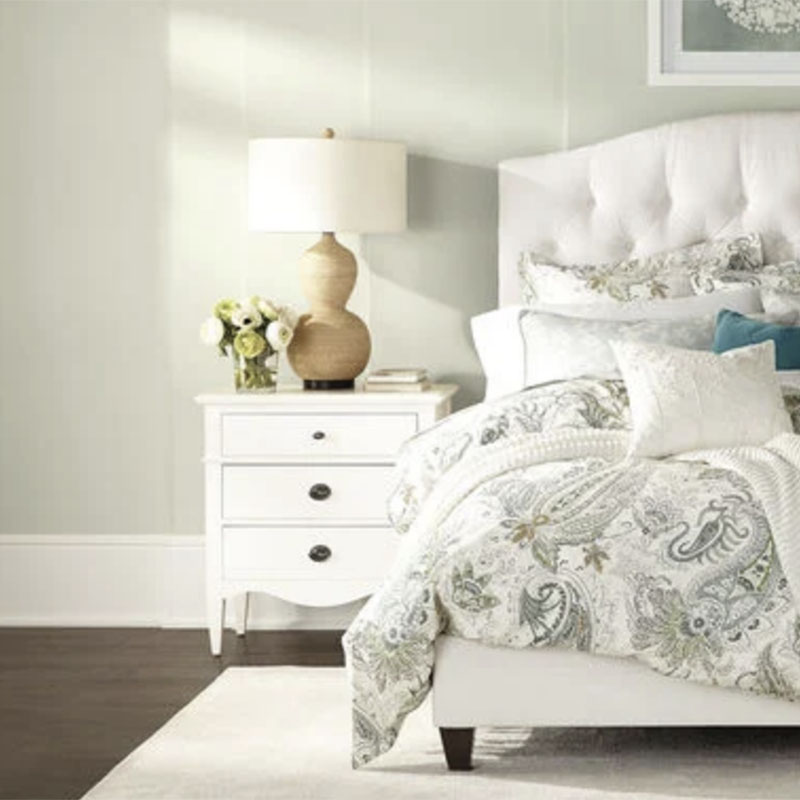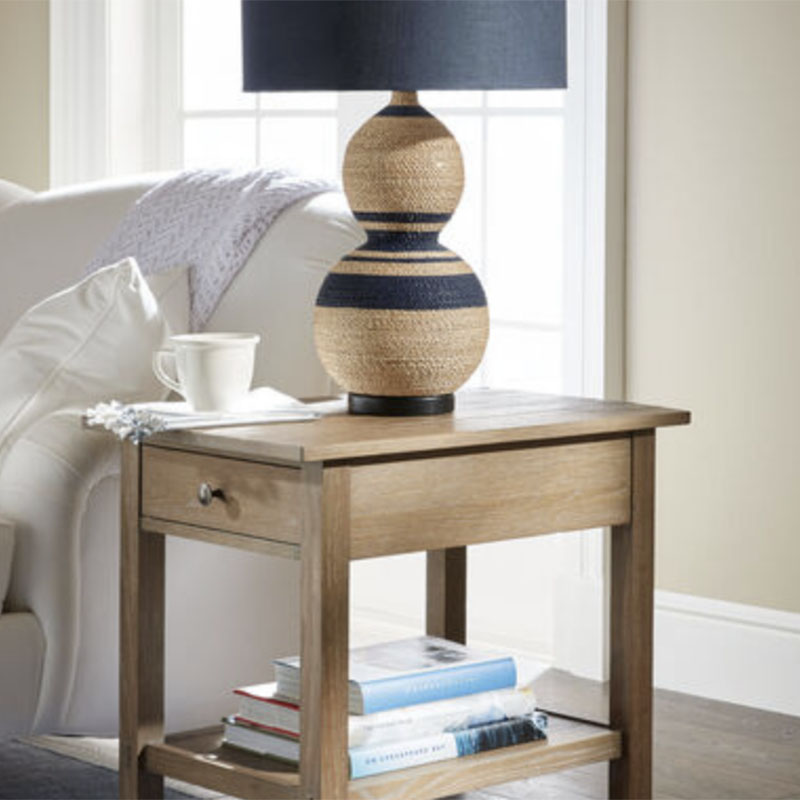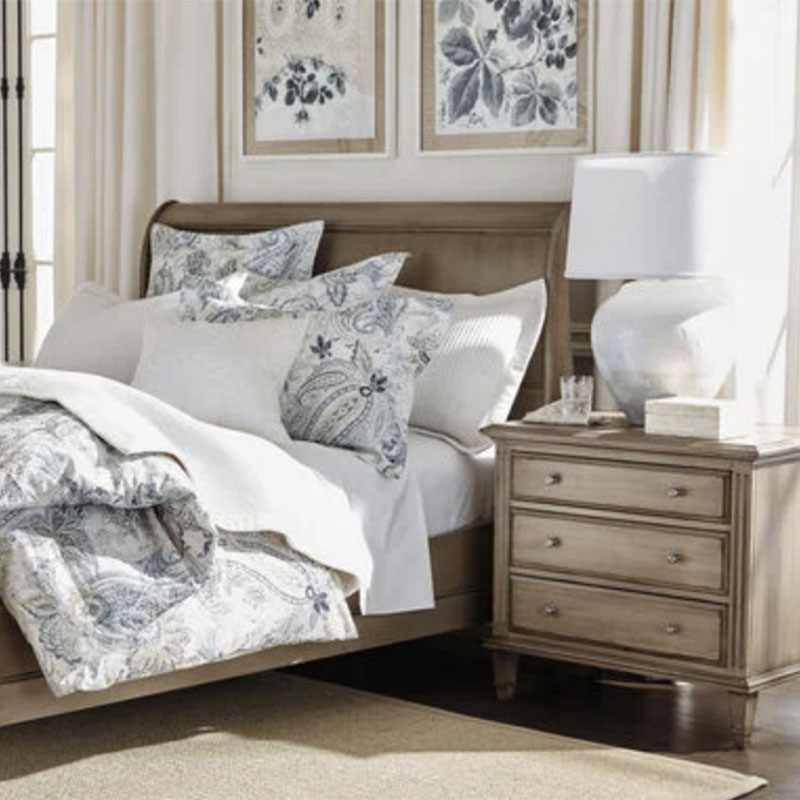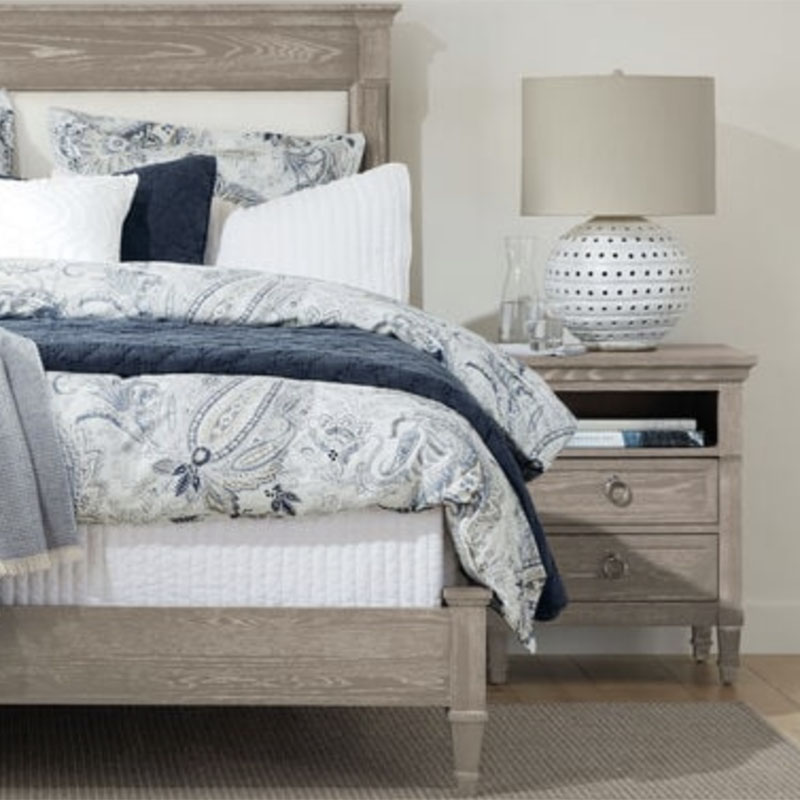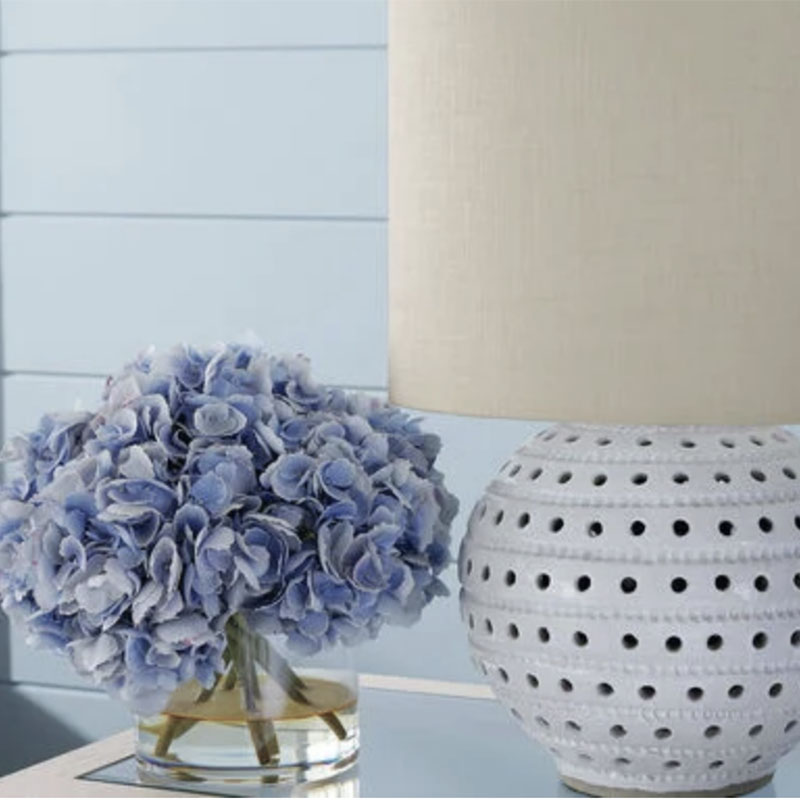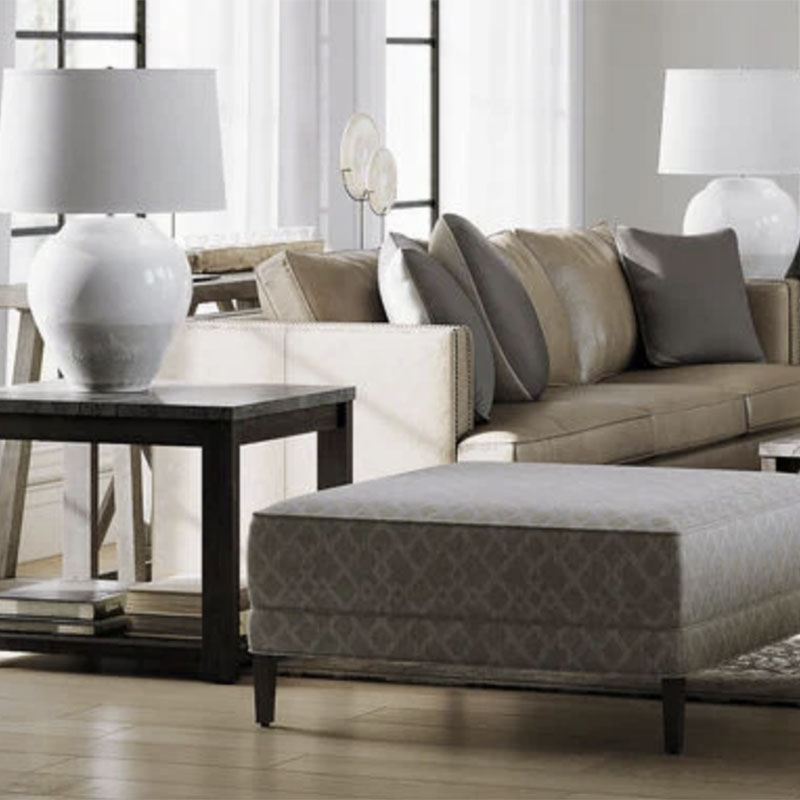The Illuminating Power of Light: How Lamps Transform Your Interior Design

Beyond their basic function of chasing away the dark, lighting and lamps are unsung heroes in the world of interior design. They possess the remarkable ability to shape our perception of a space, influence our mood, and highlight the very best of our carefully chosen furnishings. Far from being mere afterthoughts, strategic lighting is a fundamental pillar of a well-designed home.
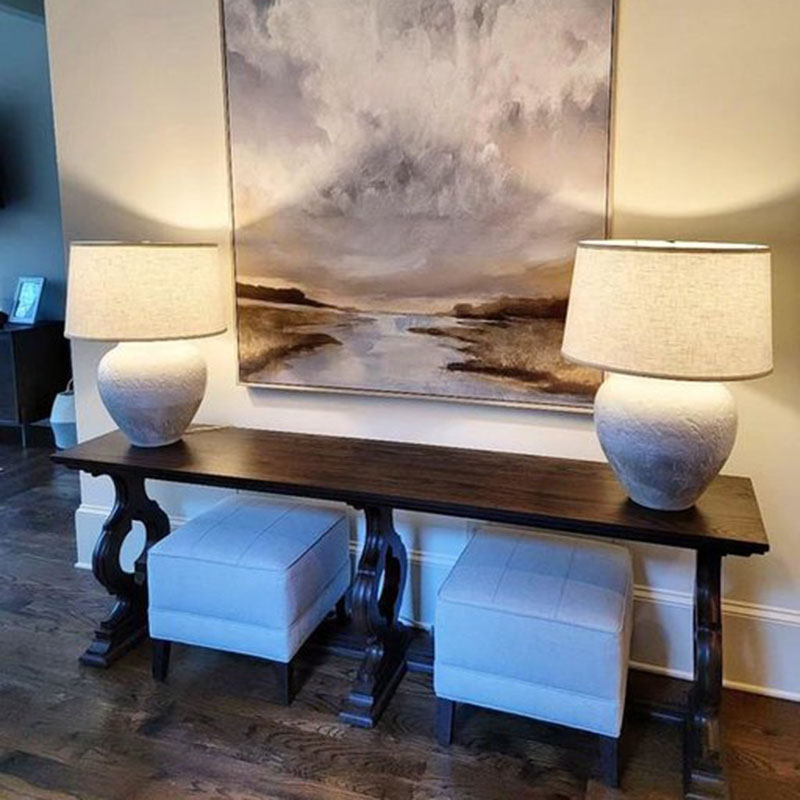
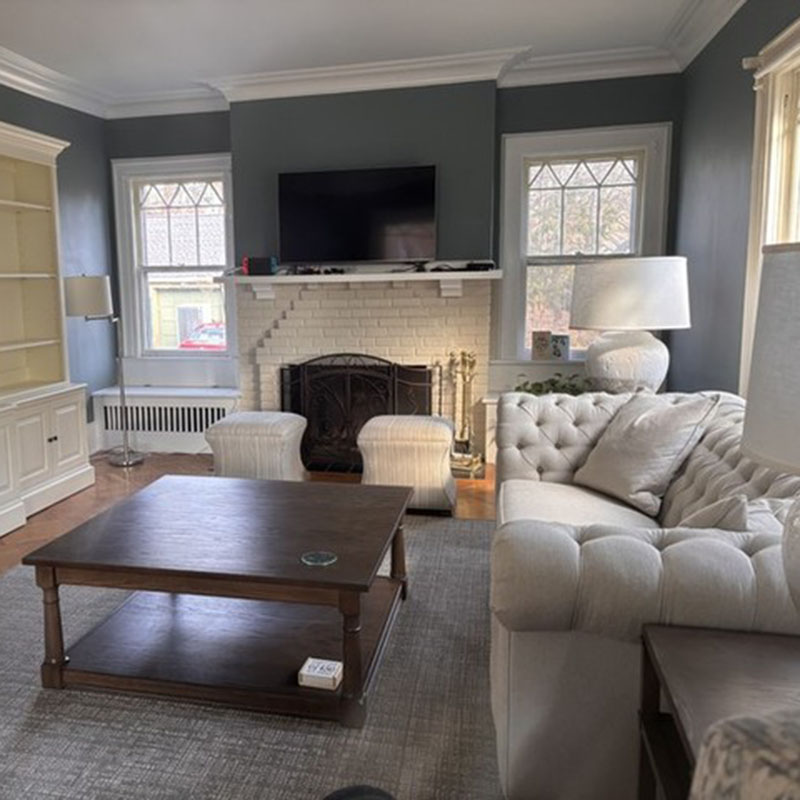
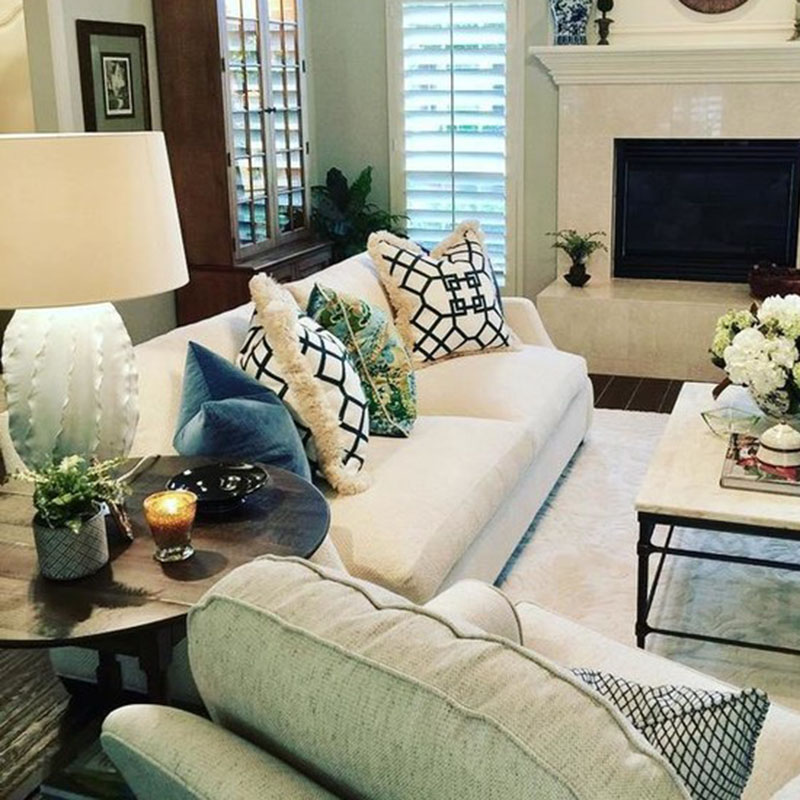
More Than Just Brightness: Understanding the Layers of Light
Effective lighting isn’t about blasting every corner with illumination. Instead, it’s about creating layers, each serving a distinct purpose:
- Ambient Lighting: This is your general, overall illumination – the foundational light that allows you to comfortably navigate a room. Recessed lighting, ceiling fixtures, and even large floor lamps contribute to ambient light. Think of it as the base layer upon which everything else is built.
- Task Lighting: As the name suggests, task lighting is focused and functional, designed to illuminate specific activities. A desk lamp for reading and working, under-cabinet lighting in the kitchen for food prep, or a spotlight over an art piece are all examples of task lighting. It’s about providing optimal visibility where and when you need it most.
- Accent Lighting: This is where lighting truly becomes an art form. Accent lighting is used to draw attention to specific features, create dramatic effects, and add depth and visual interest. Wall sconces flanking a fireplace, track lighting highlighting a textured wall, or a beautifully lit display cabinet all fall under accent lighting. It’s the jewelry of your lighting scheme.
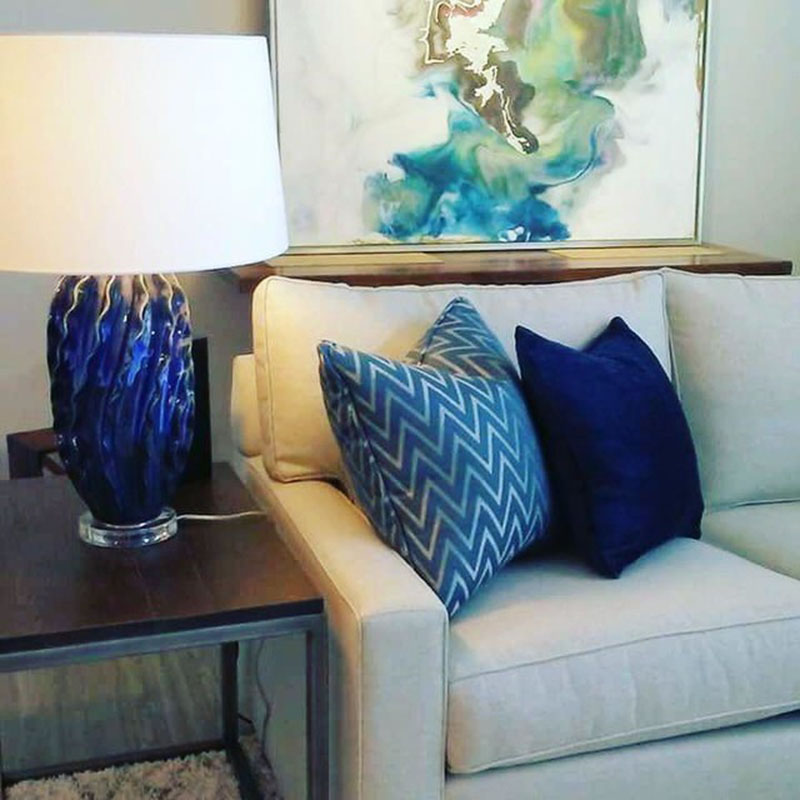
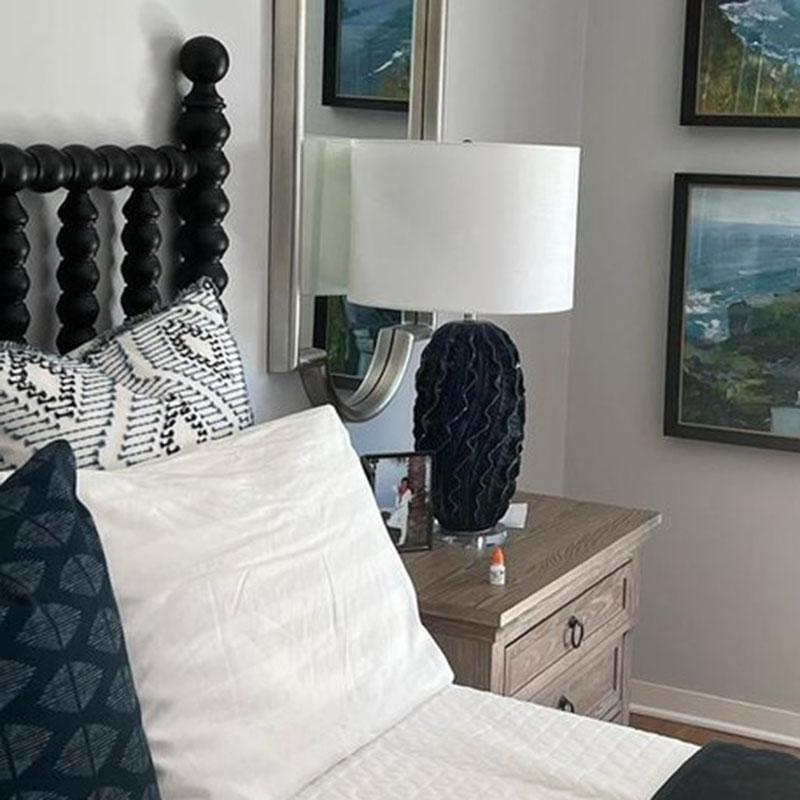

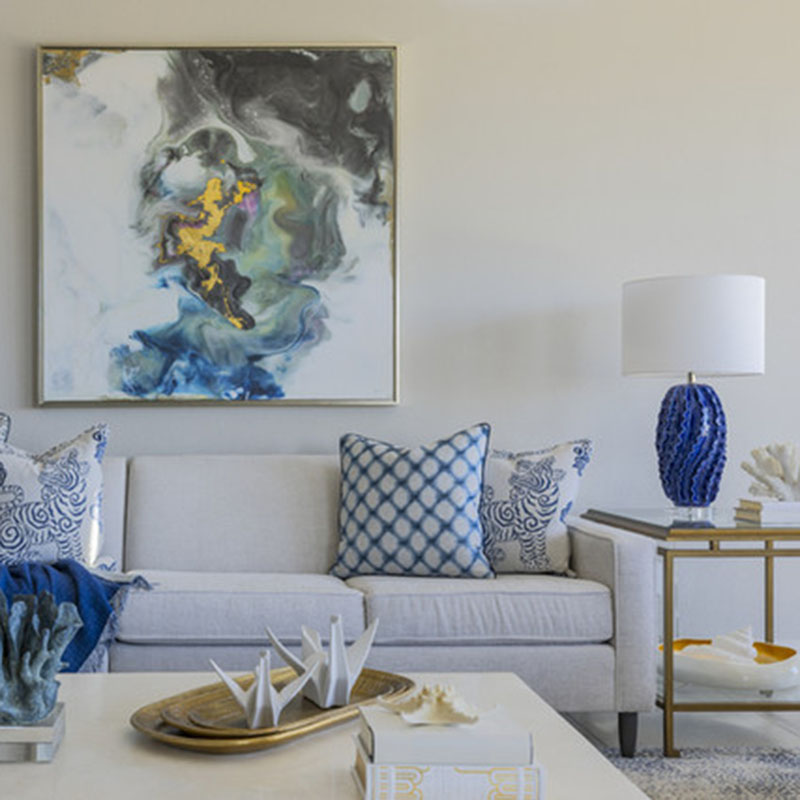
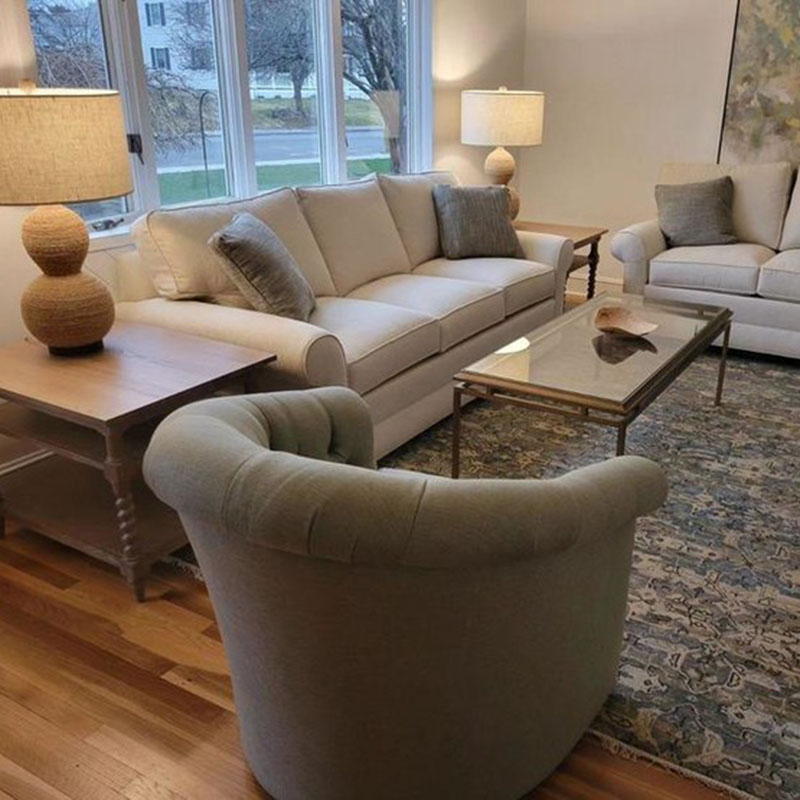

Lamps: The Jewels of Your Design
While built-in fixtures provide the essential framework, it’s lamps that truly add personality, flexibility, and a touch of decorative flair to your interior. They are versatile design elements that can be moved, repositioned, and swapped out to refresh a space without a complete overhaul.
- Floor Lamps: Tall and commanding, floor lamps are excellent for providing ambient light, task lighting for reading nooks, or simply adding a vertical element to a room. From sleek, modern designs to ornate, traditional pieces, they can be a statement in themselves.
- Table Lamps: These smaller, more intimate lamps are perfect for providing localized light on side tables, nightstands, and consoles. They are fantastic opportunities to introduce color, texture, and interesting forms into your design. The right table lamp can elevate a simple bedside table into a charming vignette.
- Pendant Lamps: Suspended from the ceiling, pendant lamps offer both functional and aesthetic appeal. Over a kitchen island, dining table, or even as a bedside lamp alternative, they can provide focused light while acting as a striking focal point.
- Wall Sconces: Mounted directly to the wall, sconces provide softer, ambient light and can be used to highlight architectural features, illuminate hallways, or create a more intimate atmosphere in a living room or bedroom.

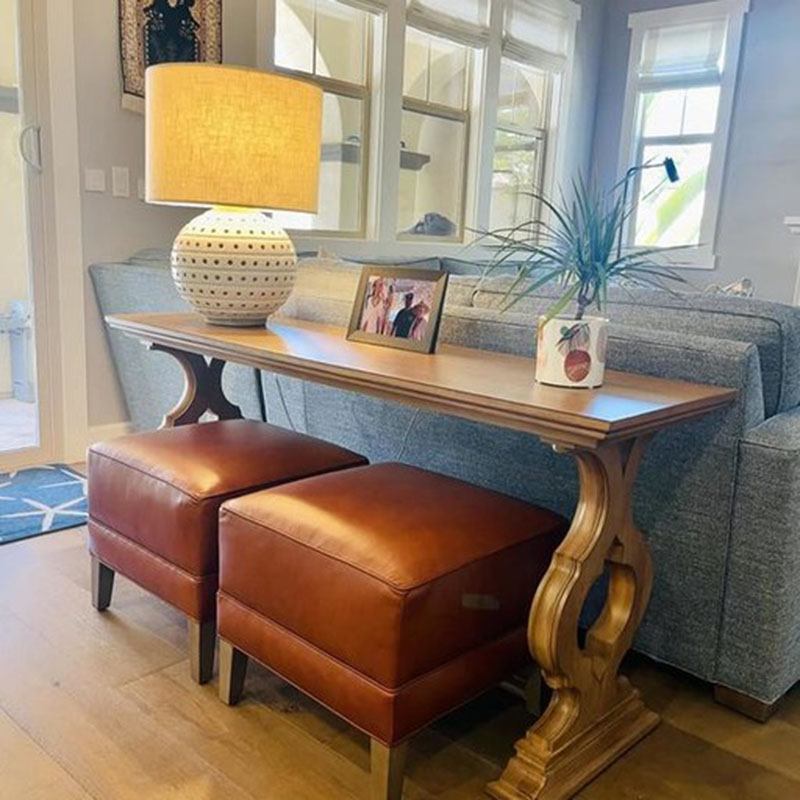
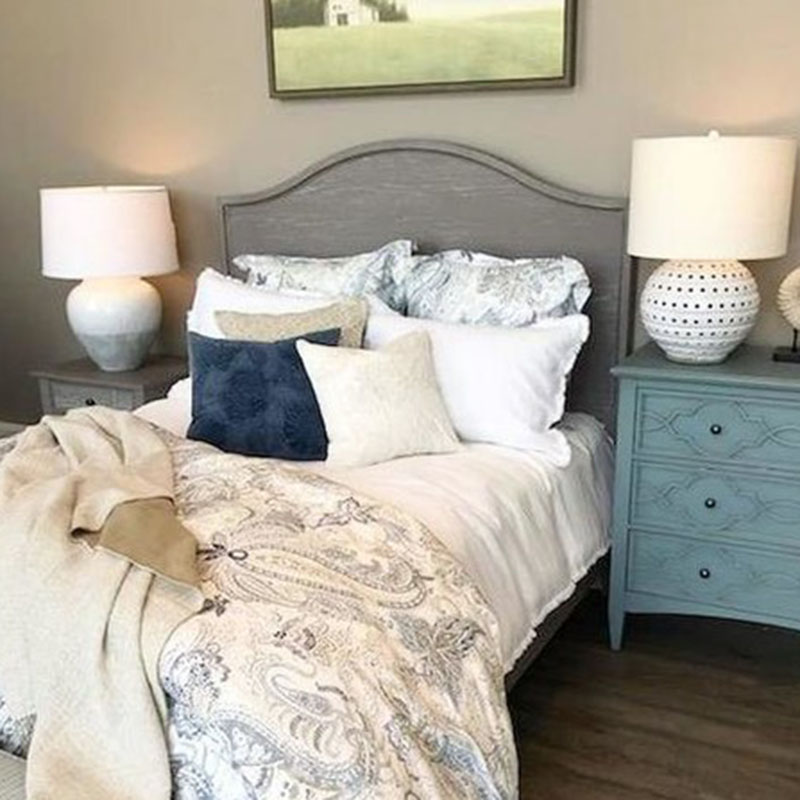
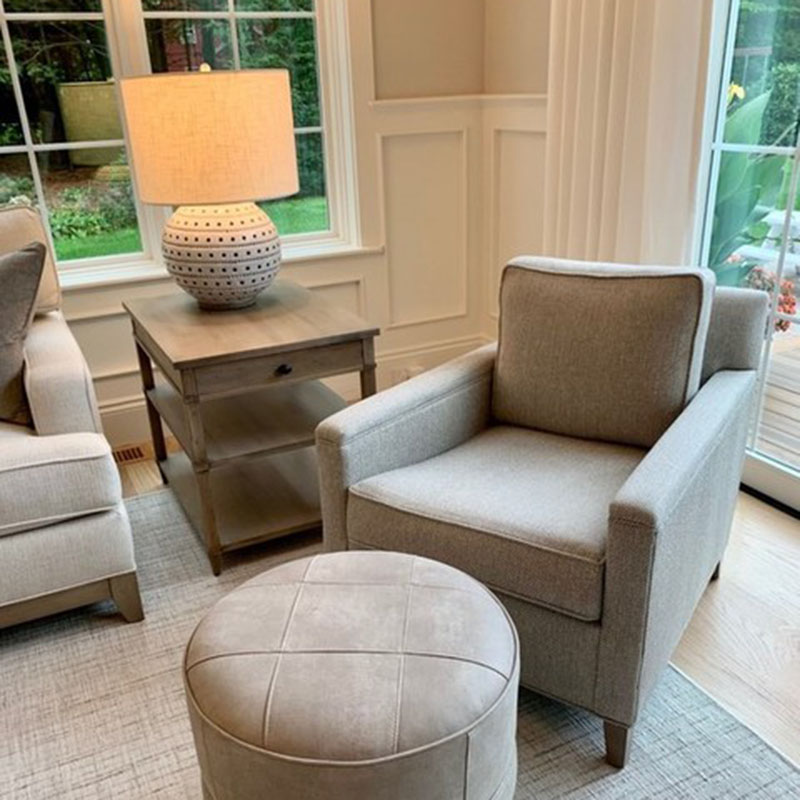
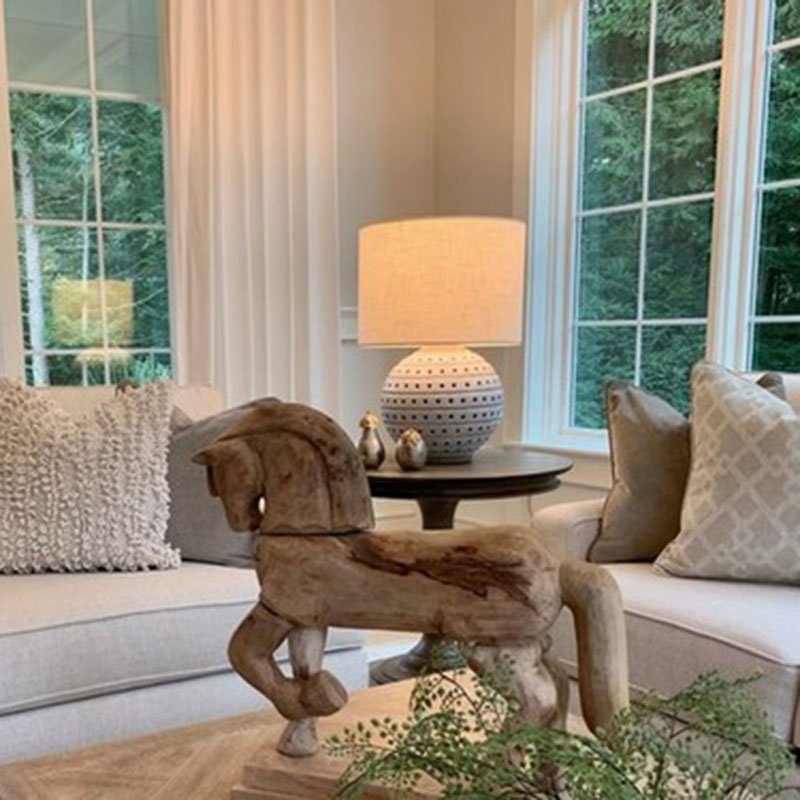

Designing with Light: Tips for a Luminous Home
- Consider the Mood: Think about the primary function of each room and the atmosphere you want to create. Bright, invigorating light for a kitchen; warm, soft light for a living room; focused, clear light for a home office.
- Mix and Match: Don’t rely on a single light source. Layering different types of lighting creates depth and allows for greater flexibility in controlling the ambiance.
- Dimmer Switches are Your Friend: The ability to adjust the intensity of light is invaluable. Dimmers allow you to transition a room from bright and functional to soft and inviting with a simple flick of a switch.
- Mind the Scale: Ensure your lamps are proportionate to the furniture and the room they inhabit. A tiny lamp on a massive side table will look lost, while an oversized lamp in a small space can feel overwhelming.
- Embrace the Aesthetic: Lamps are not just light sources; they are decorative objects. Choose lamps that complement your overall interior design style, whether it’s minimalist, bohemian, industrial, or traditional.
- Think About the Shadows: Light and shadow work hand-in-hand. Strategic lighting can create interesting shadow patterns that add visual intrigue to a room.

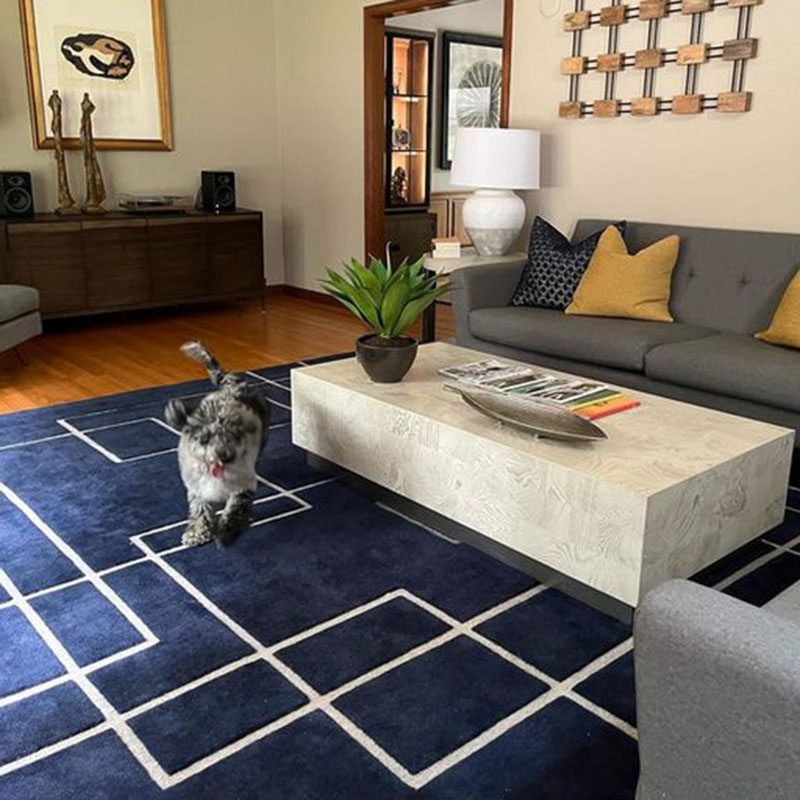

In conclusion, lighting and lamps are far more than mere utilities; they are integral components of successful interior design. By understanding the different layers of light and thoughtfully selecting your lamps, you can transform your home into a beautifully illuminated, functional, and inviting sanctuary that truly shines.
